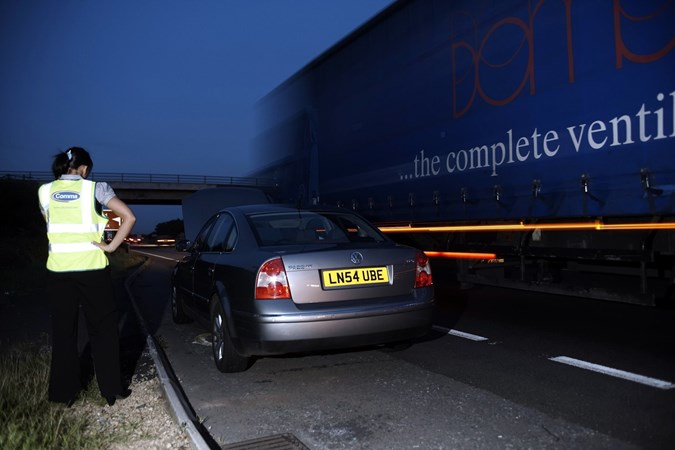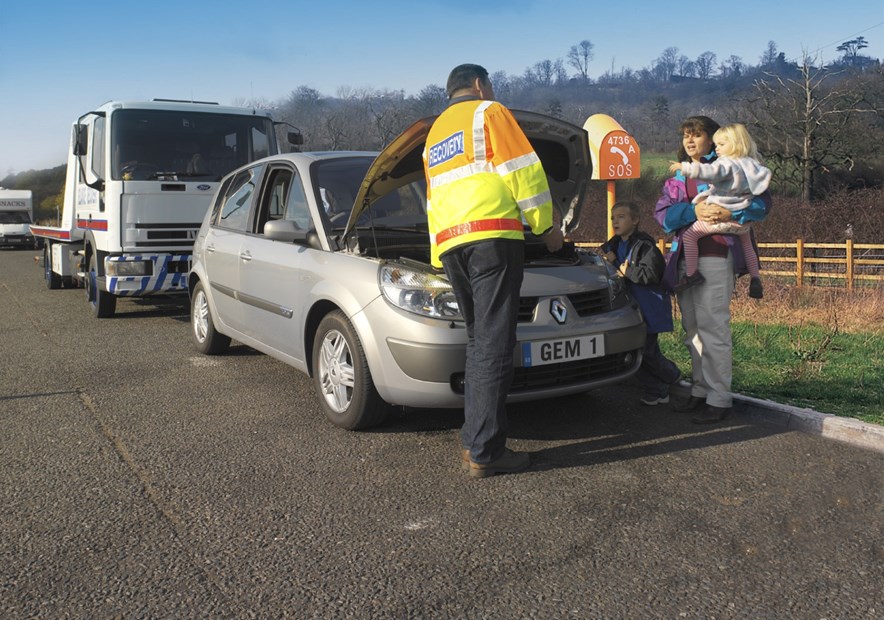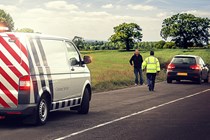We all know how aggravating driving on motorways can be, with too much traffic causing random tailbacks. Smart motorways were conceived as a means of alleviating that problem in known hotspots, and to improve safety. Also known as actively managed motorways, they allow the authorities to vary speed limits and open and close lanes when needed, allowing a steady traffic flow at all times.
That’s the theory, at any rate. The success of smart motorways in achieving that is debatable, but there are bigger concerns about safety. The safety track record of smart motorways has sparked considerable controversy, leading the government to halt the construction program in April 2023. Exactly a year after Prime Minster Rishi Sunak cancelled all future initiatives, the RAC is calling for either reinstatement of the hard shoulder across all smart motorways or adopting more dynamic lane systems. While existing smart motorways remain, there will be no further expansion of this infrastructure.
In this guide, we’re going to explain everything you need to know about smart motorways including how they work and how to use them. We’ll also address the controversy around smart motorways and look at their safety record.
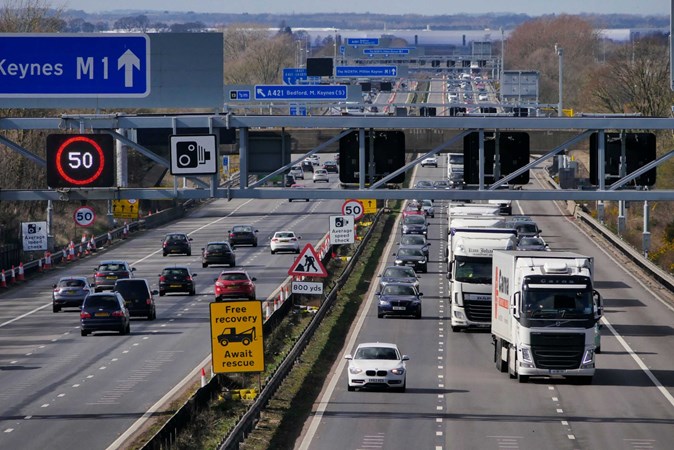
What is a smart motorway?
A smart motorway is actively managed with variable speed limits and dynamic lane closures. Every inch of a smart motorway is covered by sensors and CCTV; a control centre changes speed limits and closes/opens lanes in response to the traffic conditions at that moment. Restrictions are lifted as soon as the need passes.
As you reach a stretch of smart motorways, you’ll see a ‘variable speed limit’ sign. You’ll also see the overhead gantries sited every quarter of a mile or so and, in most cases, the absence of a hard shoulder. If there isn’t a hard shoulder, there’s a refuge area at least every mile.
Are smart motorways dangerous?
One of the main arguments in favour of smart motorways was improved safety. Motorways are the safest roads in the UK – in 2022, 100 people were killed on the motorway network, just six percent of total fatalities. Of overall road casualties – deaths and injuries, motorways accounted for just four percent on the UK total.
The statistics show smart motorways are even safer. According to the BBC, an average of 11 people per year were killed on smart motorways in England from 2015 to 2018.
But there are times when perception matters more than statistics. Most smart motorways don’t have a hard shoulder – known as all lanes running – and drivers feel less safe when there isn’t one. A 2022 survey by the RAC found 70% of drivers thought no new all lanes running smart motorways should be built because of their safety concerns.
There have been a number of high-profile cases in which people have died after their car became stranded in lane 1 and was struck by following traffic before the lane was closed. All the victims’ families said they thought the accident wouldn’t have happened if there had been a hard shoulder, an assertion backed up in some of the inquests into those deaths.
Facing pressure on many fronts, the government announced in April 2023 that no new smart motorways would be built and that several part-built ones would not be completed. But existing smart motorways remain in place.
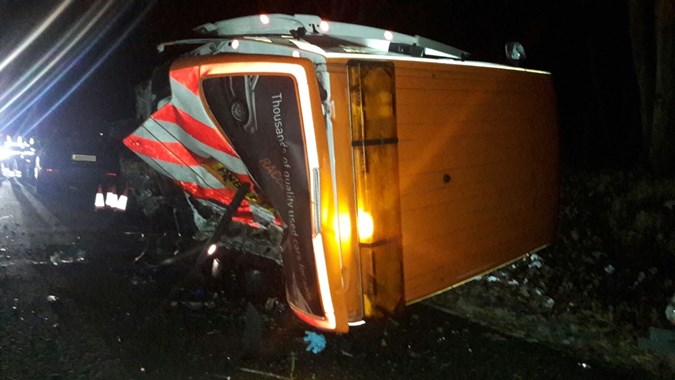
How do smart motorways work?
Smart motorways are covered by an extensive network of sensors and cameras that feed information to a control centre where the traffic flow is monitored. At peak times, the speed limit can be lowered or raised to help prevent congestion building up – sounds counterintuitive but it does work. Variable speed limits are also used during bad weather or near obstructions on the carriageway.
Obstructions include accidents, breakdowns, maintenance work and debris. The sensors and cameras detect obstructions; motorists can also notify the police of any they see. All reports of obstructions go to the control centre that will close the necessary lanes to keep traffic safe and deal with the obstruction.
Variable speed limits and lane closures are shown on overhead gantries sited at regular intervals along the carriageway. There’s usually a display board above each lane giving specific instructions, plus a general information board. Speed limits are shown as a number in a red circle, lane closures as a red X. Other instructions such as direction arrows show which way to move out of a lane.
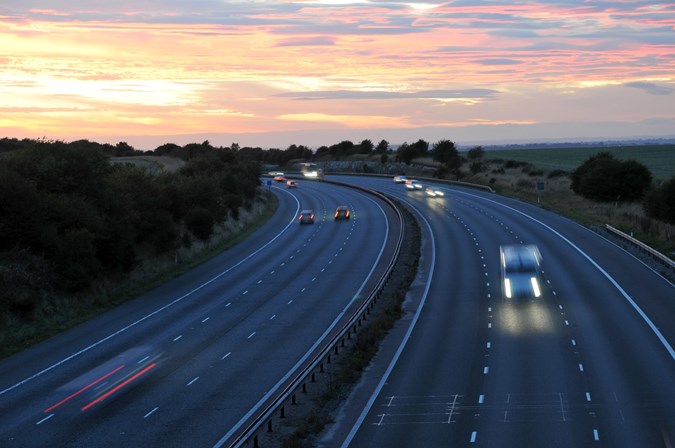
What are the different types of smart motorway?
There are three types of smart motorway in the UK. They all follow the principles we’ve outlined, but operate in different ways.
Controlled motorway
These are regular motorways with a dedicated hard shoulder that should only be used in emergencies. However, they are subject to variable speed limits and dynamic lane closures.
Dynamic hard shoulder motorways
These also have a permanent hard shoulder that should only be used in emergencies, unless the overhead gantries indicate that it can be used as a regular driving lane. That happens during peak periods to create more road capacity, or when there’s an obstruction in the right-hand lanes. For those occasions the hard shoulder is in use, emergency refuge areas are sited at regular intervals.
All lanes running motorways
This is the most extreme – and most common – form of smart motorway. There’s no dedicated hard shoulder; instead, the space it once occupied is an active driving lane at all times. In an emergency situation, you must rely on the refuge areas sited at one-mile intervals along the carriageway.
If you can’t get to a refuge, the lane you stop in will be closed once your vehicle has been detected by the motorway’s monitoring system. Assistance will then be sent out to you, usually a Highways Agency patrol.
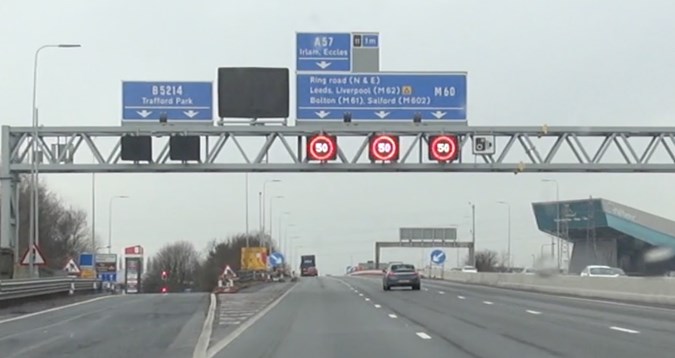
Do you have to obey the overhead gantry signs?
Yes. The speed limit shown on the overhead gantries is legally enforceable and you can receive a fine and points on your license for breaking it. Every overhead gantry has a speed camera; the latest ones don’t need a flash in daylight and can see up to two kilometres away.
From 2024, a new generation of camera that can detect if drivers speed up and slow down between gantries will be rolled out across the UK.
Lane closures are also legally enforceable and you can receive points and a fine for disobeying them. Persistently ignoring them could result in prosecution for driving without due care and attention, or even dangerous driving.
It doesn’t matter if the cause of the lower speed limit or lane closure has apparently passed, they must be obeyed at all times. Only when no speed limits or lane closures are shown can you drive at 70mph in any lane.
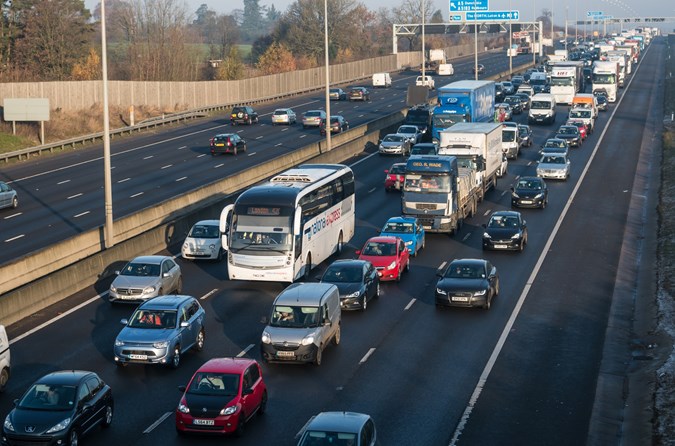
Where are the UK’s smart motorways?
We’ve broken down the different types of smart motorway in the UK and listed their locations below:
All lanes running motorways
- M1: junction 13-16; J16-19; J24-25; J28-31; J32-35a; J39-42
- M3: junction 2-4a
- M4: junction 3-12
- M5: junction 4a-6
- M6: junction 2-3a; J11a-15; J16-19; J21a-26
- M20: junction 3-5
- M23: junction 8-10
- M25: junction 5-7; J23-27
- M27: junction 4-11
- M56: junction 6-8
- M62: junction 10-12; J18-20; J25-26 (westbound); J29-30 (westbound)
Dynamic hard shoulder motorways
- M1: junction 10-13
- M4 to M5 interchange
- M6: junction 4-10a
- M42: junction 3a-7
- M62: junction 25-30; J26-28 (eastbound); J29-30 (eastbound)
Controlled motorways
- M1: junction 6a-10; J23a-24; J25-38; J31-32
- M6: junction 3a—4a; J10a-11a
- M20: junction 5-7
- M25: junction 2-3; J6-7 (eastbound lane 4); J7-23; J27-30
- M42: junction 7-9
- M60: junction 8-18
- M62: junction 28-29

How do you drive on a smart motorway?
Several surveys have shown there’s a lack of awareness among drivers about how to use a smart motorway. In principle, driving on one is no different to any other motorway: the speed limit for cars is 70mph and you must drive in the left-hand lane (lane 1), unless you’re overtaking in which case you can use the lanes to the right. Once the overtake is completed, you must move back as far left as possible.
What seems to confuse people is how to react to variable speed limits and what signs shown on the overhead gantries mean. The video below explains exactly what’s what.
What to do in an emergency
If you find yourself in an emergency situation such as an accident or breakdown, drive to the next refuge area if possible. If not, pull over onto the hard shoulder – or lane 1 on all lanes running motorways. Once in lane 1, put your hazard lights on before you stop to warn following traffic that there’s a problem.
Once stopped, get out of the car as soon as you safely can and retreat behind the barrier. Only then should you call for help. The motorway’s monitoring system should quickly detect your car and close the lane, but also call the emergency services to let them know what’s happened and where.
If you can’t get to lane 1, once stopped it’s safest to stay in your car rather than try to run across several lanes of traffic. Immediately call the emergency services and tell them you haven’t been able to get to safety. Do not get of your car until they arrive and instruct you to do so.
